"Resurrection" of a traditional unpopular ancient Chinese musical instrument with a history of 7,000 years
The body is "as big as a goose egg, and as small as a chicken", and the voice is long and lingering, as if weeping and complaining. It is a traditional Chinese musical instrument with a history of seven thousand years - xun.
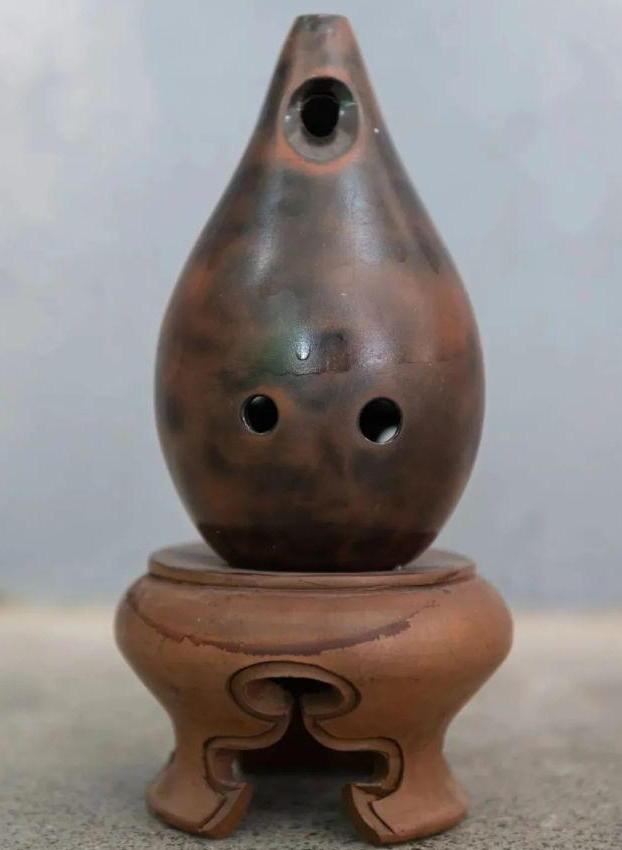
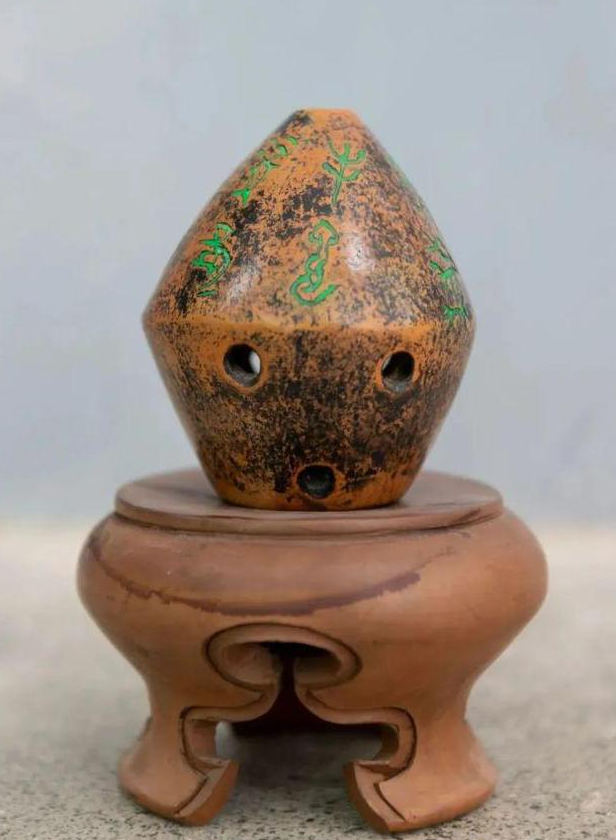
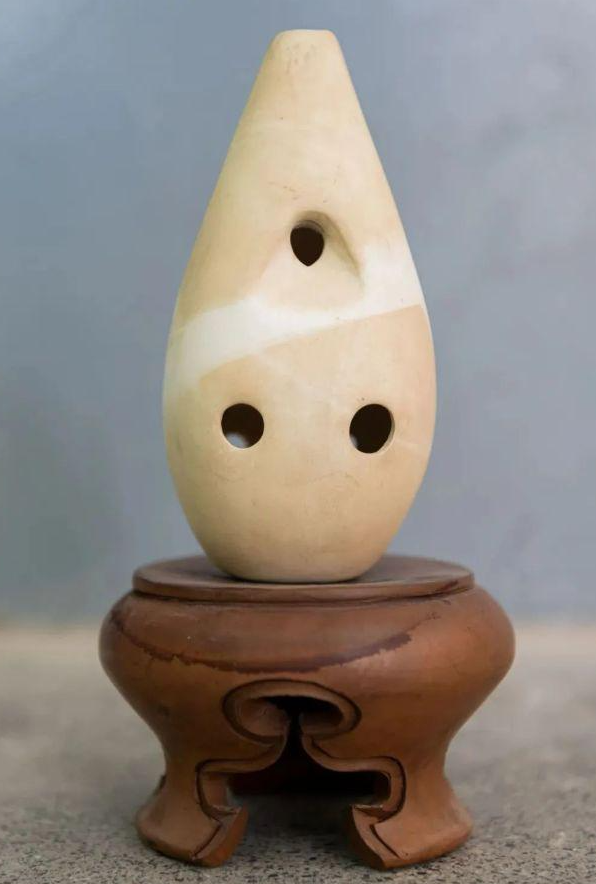
"The ancient Chinese musical instruments are collectively referred to as 'eight-tone', which are classified according to different materials, including gold, stone, earth, leather, silk, wood, scorpion, and bamboo. Xun is the 'earth' in the 'eight-tone'. The reporter met Pu Shutang in Ningjin County Vocational Secondary School on 19th, and when he mentioned Xun, he talked eloquently, "The upper end has a mouthpiece, the bottom is flat, and the side walls have sound holes. As early as the Neolithic Hongshan Culture Period , Xun's performance is very popular, it is simple and humble, unique in nature, and it also occupies an important position in the history of primitive art in the world."
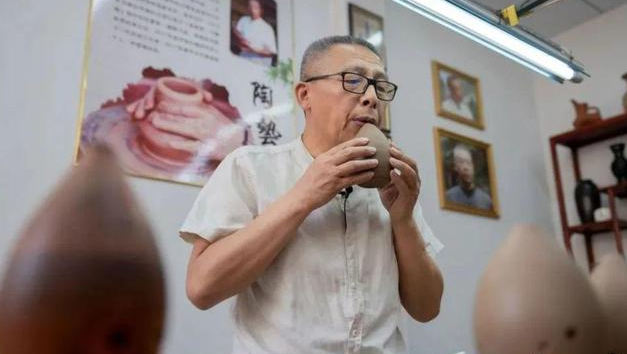
Coincidence takes root in Ningjin
Pu Shutang, born in 1962, is a native of Meihekou City, Jilin Province, and a family of pottery artists. He is currently a professor of Tianjin Sculpture Institute and a professor of ceramic design and production in Ningjin County Vocational Secondary School. "I first came to Dezhou at the invitation of Liang Ziheitao. I came to Ningjin by chance, came into contact with and fell in love with the musical instrument Xun, so I took root in Ningjin and lived there for 15 years." Pu Shutang said.
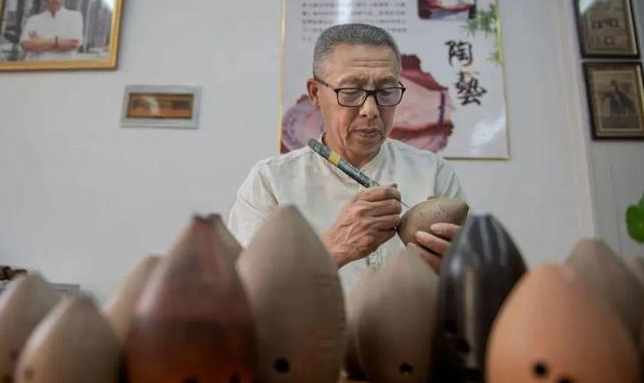
According to legend, in ancient times, people used to tie a rope to a stone or mud ball and threw it out to hit birds and beasts. Some stones had naturally formed cavities. The whistle sound inspired the ancient ancestors to make musical instruments, so they made a similar musical instrument "Tao Ringing Bell", and the early Xun took shape. In the Han Dynasty, Xun entered its heyday. According to historical records, the Western Han Dynasty has been able to make seven-hole Xun, which is unique to the supreme and noble royal family. After the Sui and Tang dynasties, the number of people who practiced Xun decreased, and Xun music gradually declined. After the Song Dynasty, civilian music and art began to be active in Goulan Washe, and the quaint Xun gradually faded out of people's sight. It was not until the end of the Qing Dynasty that Wu Xunyuan copied the five-tone Kong Taoxun of the Yin Dynasty, and compiled the only Xun score in China-Tanghu Xun Pu according to the method of guqin reduced-character notation, which revealed the mystery of Xun.

While talking, Pu Shutang took out "Tanghu Xun Score". Wu Xunyuan, courtesy name Lufan and name Tanghu, is a native of Wangzhuang, Xiaodian Township, Ningjin County. The xun score is painted with xun diagrams, the fingerings are marked, the playing methods are explained, and the music such as "North Parasitic Grass" and "Xinliangzhou Preface" are recorded. "This xun score is of high value in terms of ancient xun preparation methods, playing methods and research on xun score, and it is a rare and precious historical material. I can have such a great interest in xun, to a large extent because of this book. The influence of xun spectrum," he said.
Inheriting skills and fascinated by xun
In the production process of pottery xun, it can be roughly divided into three procedures: blank-making, firing, and tuning. Among them, blank-making is related to the shaping and tuning of the entire xun body, which is particularly important.
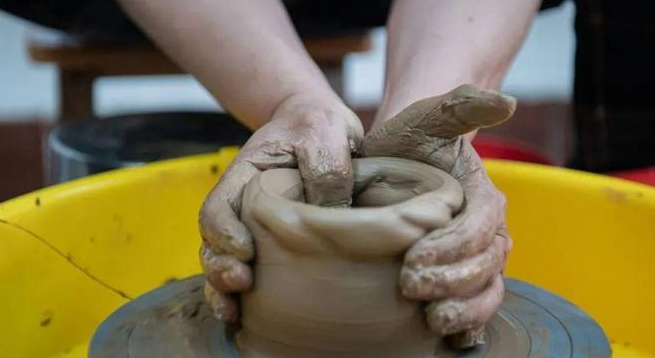
"To make xun, you must first find a good clay, knead and drop it on the slate repeatedly to remove impurities and air bubbles, then pull it into a blank, and then dry the blank until it doesn't stick to your hands, and then you can open the hole and fix the sound. In order to find good clay, I After on-the-spot investigations on both banks of the Lijin River and Tuhai River, the river mud of the Lijin River was finally selected." Pu Shutang said that the river mud of the Lijin River has strong viscosity and good air permeability, which is very suitable for pottery Xun production. When the ancients made billets, they would add rice bran to the soil, and after firing, holes would be formed in the inner wall, making the sound of xun more melodious and profound. He also learned from the ancients, but the sound effects of the Xun he produced did not satisfy him.
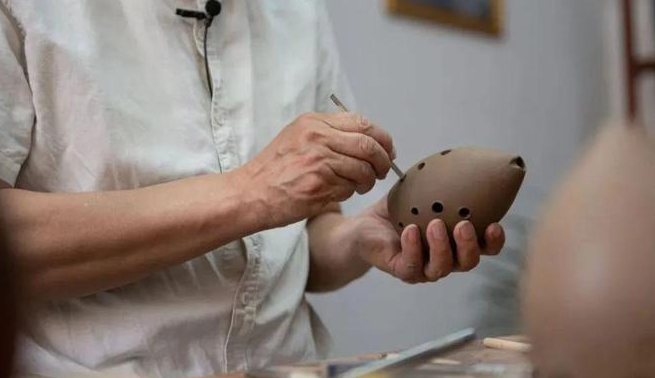
Xun needs to be tuned several times during the production process. After the xun blank is finished, it will enter the stage of punching and initial tuning. Pu Shutang took out the tool and began to punch holes in the xun blank according to the shape of his hand. These tools are made by himself, there are dozens of large and small. "In the beginning, you have to drill small holes, then expand a little bit, tune the sound a little bit, and you have to polish it with sandpaper and adjust it at any time according to the changes." He said that this is the most labor-intensive stage in the xun-making process, which requires pottery making Craftsmen must have first-class musical knowledge and performance.
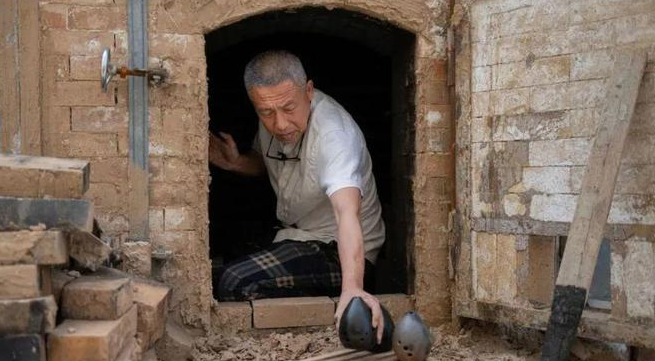
The earth fire is born, and the sounds of nature are leisurely. There is also great uncertainty when the dry billet with a good pitch is put into the kiln and fired in the fire. During the firing process, the fire and temperature should be well controlled. The firing should take about 10 hours and the temperature should be controlled between 975 and 1050 degrees Celsius. "Clay will shrink during the firing process, and the degree of shrinkage is different in wet cloudy days and dry sunny days, just like blue and white porcelain must wait until cloudy and rainy days to fire. In addition, the difference in the tuner's breath is also different. , these subtle differences can only be controlled by a very experienced producer." Pu Shutang said regretfully, "It's not bad to be able to perform two performances out of ten. I did a dozen or so a few days ago, only the cracked one. The sound is the best."
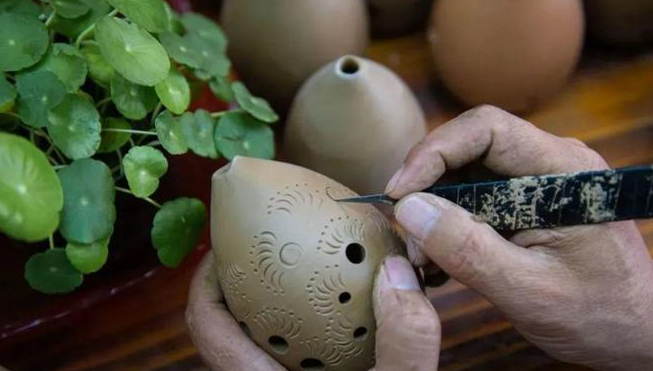
After coming out of the kiln, Tao Xun needs to fine-tune the pitch and sound quality again to make each pitch sound more intense. Finally, after polishing and beautifying, a beautiful musical instrument is completed.
Public welfare teaching promotes Chinese music
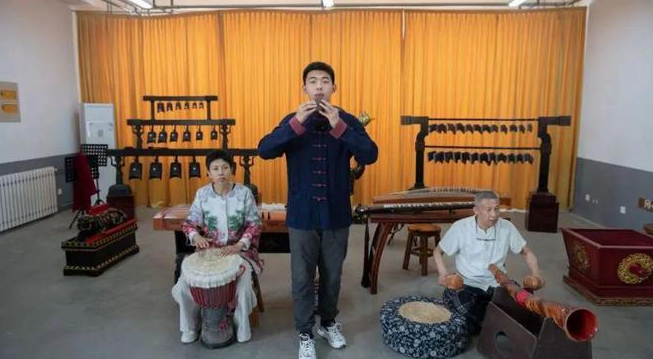
"I have walked bridges in many places, seen clouds many times, and drank many kinds of wine, but I have only loved a person of the best age." Shen Congwen's "Xiangxing Sanji" is often used in this sentence. To express love between men and women, but for Pu Shutang, this sentence is equally appropriate to describe his love and nostalgia for Chinese music. "The Chinese nation's orchestral music has a unique timbre, unique expressiveness and unique style. It embodies the rich connotation of our national spirit and national culture, and can arouse the empathy experience of the audience."

With this emotion, he and his wife Lang Aikun decided to spend more than 100 days each year to carry out public welfare teaching. Tanghu Primary School became their "good field for sowing seeds".
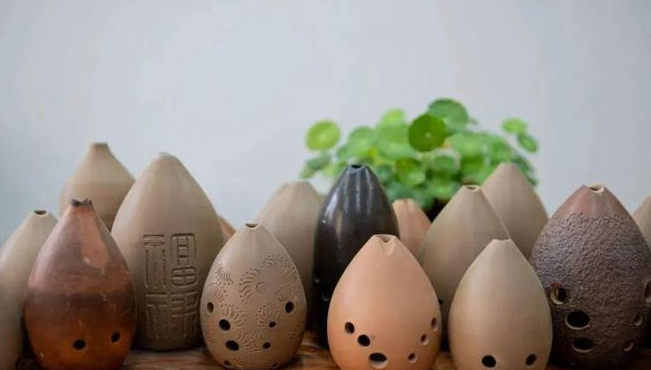
Tanghu Primary School has been featuring Taoxun since its establishment. The school has two music classes a week. In one of them, students in grades 5 and 6 learn Taoxun performance and production, and students in grades 1 to 4 learn six-hole ocarina and 12-hole ocarina, laying the foundation for their future study of Taoxun. "I gave the Taoxun I made to the children for free, let them play, let them learn, and feel the beauty brought by music." Pu Shutang said, in addition to Taoxun, he also gave these children ocarinas and drums Waiting for musical instruments to help students form an ancient pottery band. At the end of last year, Tanghu Primary School also received an invitation letter from CCTV's "Chinese Rites and Music" Spring Festival Gala program group to show their performance of "Su Wu Shepherd" to the national audience.

"From contact to liking, children will gradually like it for a lifetime, and they will promote Chinese music." Pu Shutang said that now more and more people have come into contact with and like these ceramic musical instruments. He hopes that Let more intangible cultural heritage projects enter the campus, let more people feel the charm of ancient xun and even traditional Chinese music, and make some contributions to the promotion and inheritance of excellent traditional culture.
 渝公网安备 50010702504639号
渝公网安备 50010702504639号